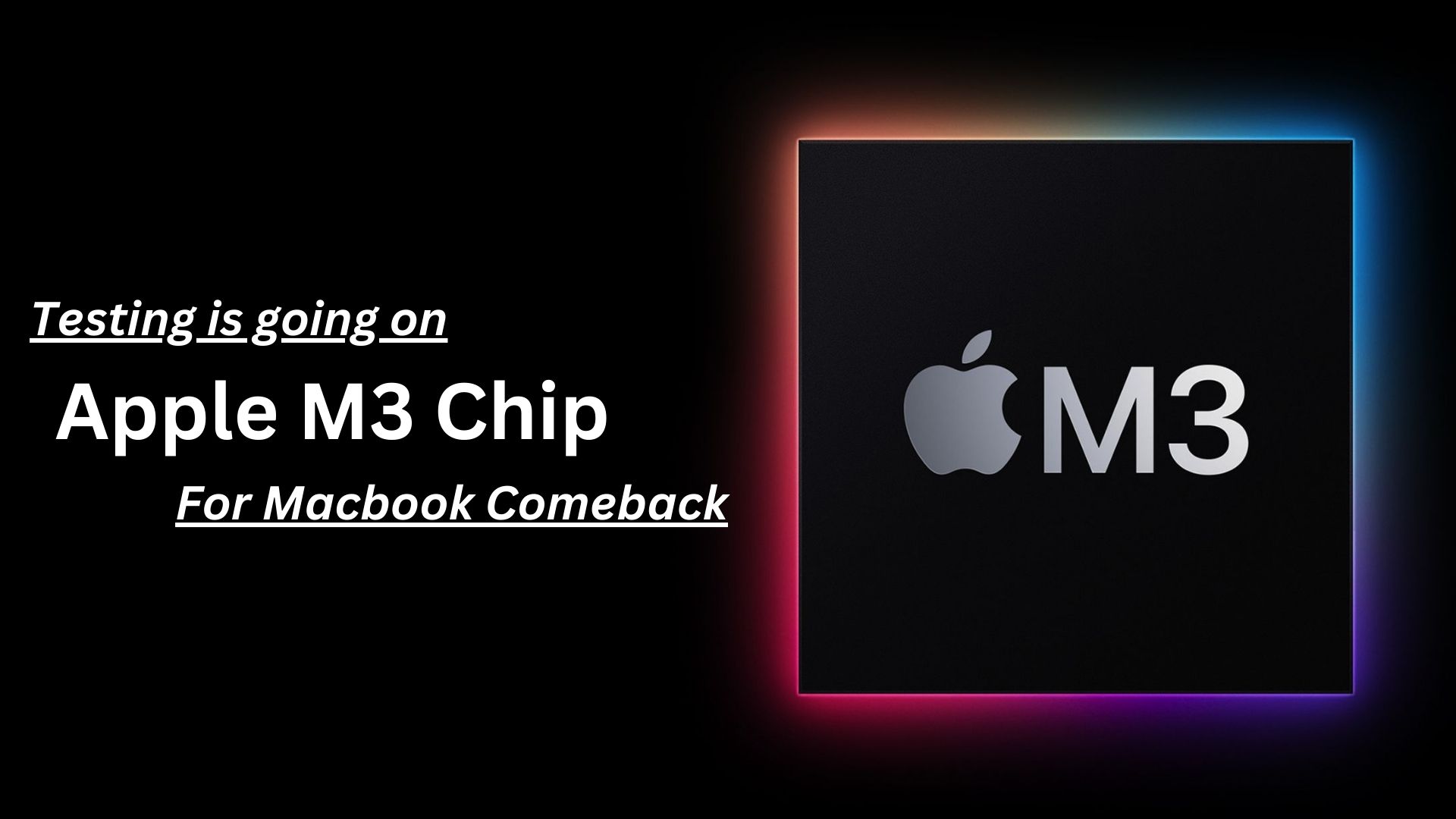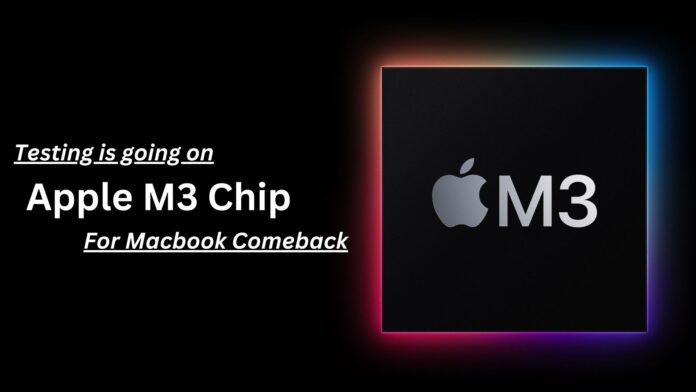Apple is already stepping up its testing of M3 processors as it already introduced its new M2 Macs. Even though Apple Inc. is only a few weeks ago from launching its recent batch of Macs using M2 CPUs, it is already working on a successor called the M3 Chip or processor. As the competition for advanced semiconductor chips is extremely high among a couple of top semiconductor giant companies’ results in the speedup of M3 chips testing by Apple.
In order to make sure that the next-generation Macs with the M3 CPUs are compatible with its software ecosystem, the firm has started to put them through their paces. Through this method, we have previously acquired an early look at new semiconductors. In addition to several of the earlier M2-based computers and laptops, the firm has already disclosed the specs of the future 15-inch MacBook Air and Apple Silicon Mac Pro.
The M3 might assist the corporation in finding novel methods to lure customers back to the portfolio. Sales for Apple’s Mac division dropped 31% last quarter, falling short of experts’ already pessimistic projections.
So how does the M3 appear? At least one version under testing had 36 gigabytes of memory, 12 CPU cores, and 18 graphics cores. That is supported by information gathered by an App Store developer and provided to Power On. The chip’s primary processor, the CPU, is made up of six high-performance cores for the most demanding tasks and six efficiency cores for jobs requiring less power.
The processor itself in this test is likely the entry-level model of what will be the M3 Pro arriving next year and is currently operating in a future high-end MacBook Pro with the next macOS 14.0.
This is how it would compare to the M1 Pro and M2 Pro entry-level models:
M1 Pro (released October 2021):
- CPU: Eight CPU cores (six high-performance cores and two power-efficient cores)
- GPU: 14 graphics cores
- Memory: 32GB of memory
M2 Pro (released January 2023):
- CPU: 10 CPU cores (six high-performance cores and four power-efficient cores)
- GPU: 16 graphics cores
- Memory: 32GB of memory
M3 Pro (in testing):
- CPU: 12 CPU cores (six high-performance cores and six power-efficient cores)
- GPU: 18 graphics cores
- Memory: 36GB of memory
If the test chip is the entry-level M3 Pro, the rise in core counts over the M2 Pro would be comparable to the transition from the M1 Pro to the M2 Pro. It would have two extra CPU cores that are energy-efficient and two more graphics processors. In this instance, the top-end configuration also receives an increase in RAM of 4GB.
Apple’s next high-end MacBook Pro processor might have up to 14 CPU cores and more than a monstrous 40 GPU cores if the M3 Max gained an equivalent amount of performance to the M2 Max (compared to the M1 Max). Further speculation would suggest that the M3 Ultra processor might have up to 28 CPU cores and more than 80 GPU cores, up from the M1 Ultra’s 64-core maximum.
You must be wondering how Apple managed to squeeze so many cores into a chip. The company’s decision to transition to 3-nanometer manufacture with its M3 line is the solution. With such a method, a designer may cram additional cores into an already compact CPU, increasing chip density.
I think the first Macs with M3 processors will start showing up at the end of the year or early in the next one. I’ve been told that the organization is already working on M3-based iMacs, high-end and low-end MacBook Pros, and MacBook Airs even though the first 15-inch MacBook Air with an M2 processor was launched in the summer of last year.
-
M3 Chips in the Spotlight: Apple’s Test Run Signals Mac Comeback

Apple is already stepping up its testing of M3 processors as it already introduced its new M2 Macs. Even though Apple Inc. is only a few weeks ago from launching its recent batch of Macs using M2 CPUs, it is already working on a successor called the M3 Chip or processor. As the competition for…


